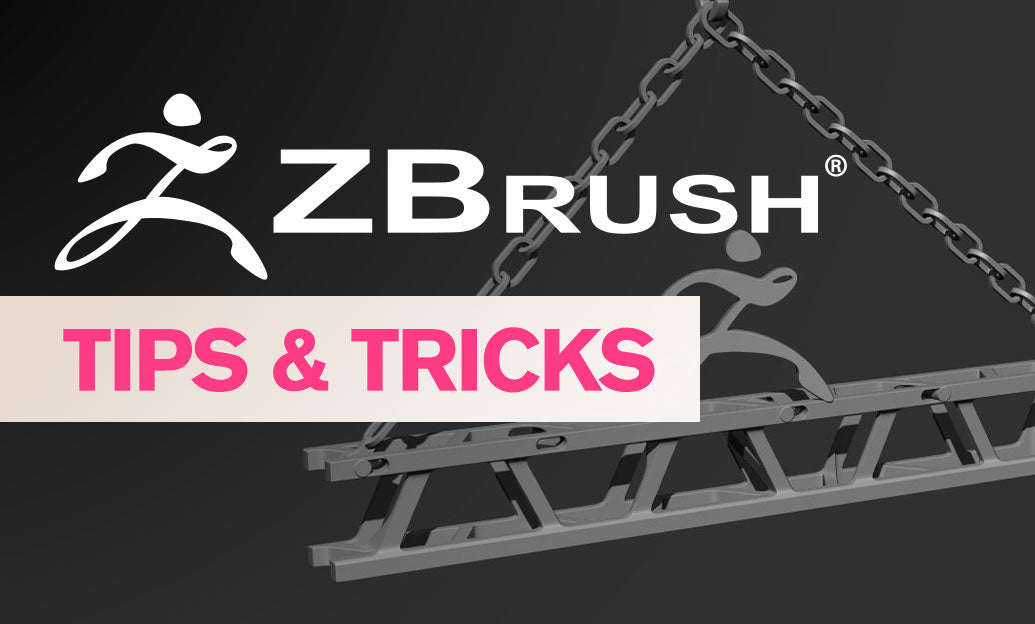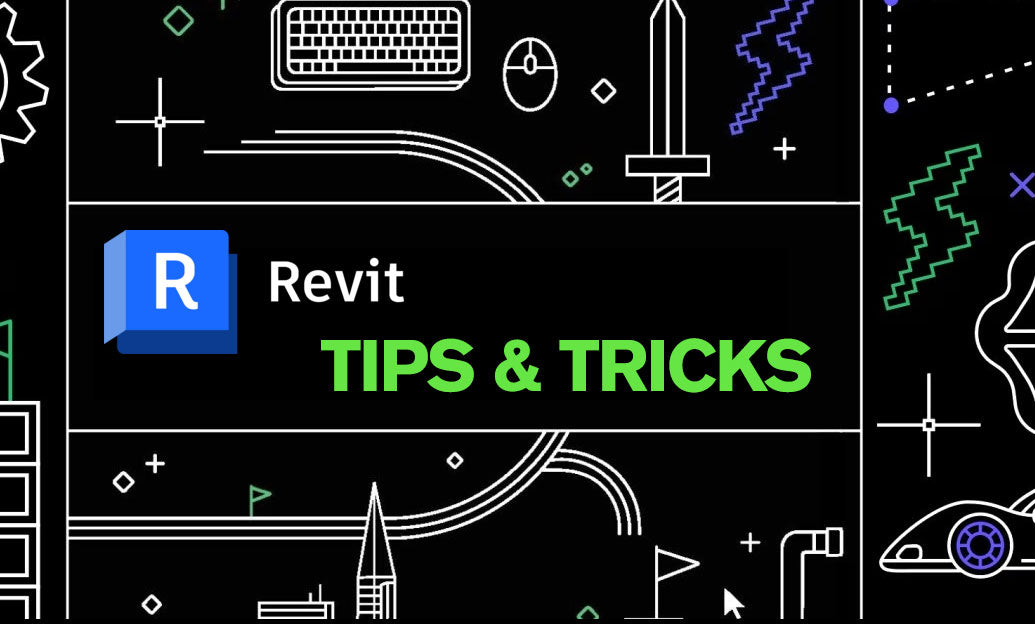Your Cart is Empty
Customer Testimonials
-
"Great customer service. The folks at Novedge were super helpful in navigating a somewhat complicated order including software upgrades and serial numbers in various stages of inactivity. They were friendly and helpful throughout the process.."
Ruben Ruckmark
"Quick & very helpful. We have been using Novedge for years and are very happy with their quick service when we need to make a purchase and excellent support resolving any issues."
Will Woodson
"Scott is the best. He reminds me about subscriptions dates, guides me in the correct direction for updates. He always responds promptly to me. He is literally the reason I continue to work with Novedge and will do so in the future."
Edward Mchugh
"Calvin Lok is “the man”. After my purchase of Sketchup 2021, he called me and provided step-by-step instructions to ease me through difficulties I was having with the setup of my new software."
Mike Borzage
Rhino 3D Tip: Maximize Model Integrity with Rhino 3D's Analysis Tools
January 26, 2025 2 min read

Rhino 3D offers a suite of powerful analysis tools that are essential for ensuring the integrity and quality of your models. Utilizing these tools throughout your design process can help you identify issues early, optimize your geometry, and prepare your models for manufacturing or rendering.
Here are some key analysis tools in Rhino and tips on how to use them effectively:
-
Edge Analysis (ShowEdges):
- Highlights naked edges (edges that are not shared by two surfaces) and non-manifold edges.
- Use it to detect gaps or open edges in your model that could cause problems in 3D printing or CNC machining.
- Steps:
- Type
ShowEdgesin the command line. - Select your object.
- Review the highlighted edges and repair any issues.
- Type
-
Surface Curvature Analysis (CurvatureAnalysis):
- Displays surface curvature using color gradients to represent curvature values.
- Helps identify areas of high or low curvature which may need refinement for aesthetic or functional purposes.
- Useful for ensuring smooth transitions between surfaces.
-
Zebra Analysis (Zebra):
- Simulates reflective stripes on surfaces to evaluate smoothness and continuity.
- Excellent for detecting subtle surface imperfections and ensuring seamless connections between surfaces.
- To use:
- Type
Zebrain the command line. - Select the surfaces you wish to analyze.
- Adjust the stripe settings for optimal visualization.
- Type
-
Draft Angle Analysis (DraftAngleAnalysis):
- Evaluates surfaces to ensure they meet specific draft angles required for molding and casting processes.
- Helps in identifying undercuts and areas that may cause issues during manufacturing.
-
Environmental Map Analysis (EMap):
- Applies a simulated environment reflection on surfaces.
- Useful for assessing how light and reflections interact with your model, which is crucial for products with reflective materials.
-
Point Deviation Analysis (PointDeviation):
- Measures the distance between two sets of objects, such as a surface and reference points.
- Ideal for comparing a scanned mesh to a clean surface model to ensure accuracy.
-
Geometric Continuity Analysis (GCon):
- Checks the continuity between curves or edges of surfaces.
- Ensures that the transition between surfaces meets the desired level of continuity (Position, Tangent, Curvature).
- This is vital for achieving smooth and aesthetically pleasing designs.
By integrating these analysis tools into your workflow, you can:
- Detect and resolve issues early, saving time and reducing costs.
- Improve the manufacturability and functionality of your designs.
- Enhance the visual quality of your models for presentations and client reviews.
For professional guidance and additional resources, visit NOVEDGE, the leading online store for design software and tools. They offer excellent support and a wide range of products to enhance your Rhino 3D experience.
Remember, consistently using Rhino's analysis tools not only refines your current project but also hones your skills as a designer, leading to higher quality work and greater client satisfaction.
You can find all the Rhino products on the NOVEDGE web site at this page.
Also in Design News

2D/3D Animation:Collaboratory with Mike Morris and Aaron Paetz
February 20, 2025 1 min read
Read More
ZBrush Tip: Enhancing Organic Sculpting Techniques in ZBrush: Key Tips and Resources
February 20, 2025 2 min read
Read More
Revit Tip: Mastering Revit's Edit Profile Tool for Customized Design Efficiency
February 20, 2025 2 min read
Read MoreSubscribe
Sign up to get the latest on sales, new releases and more …


